From injured athlete to motivated mover
![]() Ryan’s calisthenics story
Ryan’s calisthenics story


Join the tribe of Movement & Calisthenics Athletes – people just like you that are working with their own body weight to get strength, lose fat build muscle, recover from injuries and live their best lives!
This is story of Ryan – Calisthenics Academy ![]()
Ryan is an independent analyst. He spends his time traveling to and working in remote places all around the world, sometimes bartending in his free time.
“Fitness has definitely become less of a thing I do, and more of a way I live”
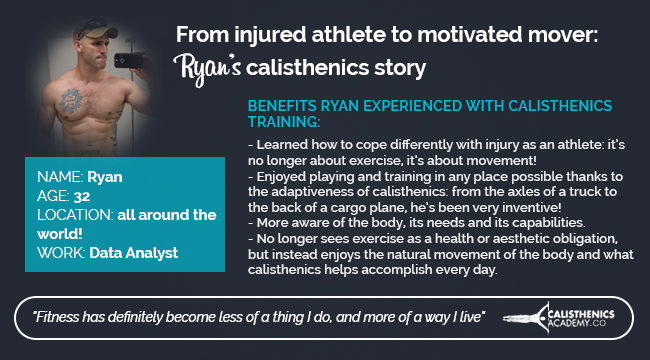
Staying in shape as a traveler is always a big challenge, and one Ryan struggled with.
He’s always been an athlete, playing American football and rugby at university. At the time, he focused mainly on weight training and cardio. A work injury involving abdominal tears made him unable to do usual workouts, and in search of an alternative that would keep him moving without making the problem any worse.
“I was immobile for a few weeks and not much more mobile for a good quarter of the year. It pretty much ended my regular regimen, and put off serious weight training for a solid six months, so I needed to find some kind of workout I could scale to my limitations.”
His father had been training for a while, and is the one who introduced Ryan to new approaches to training.
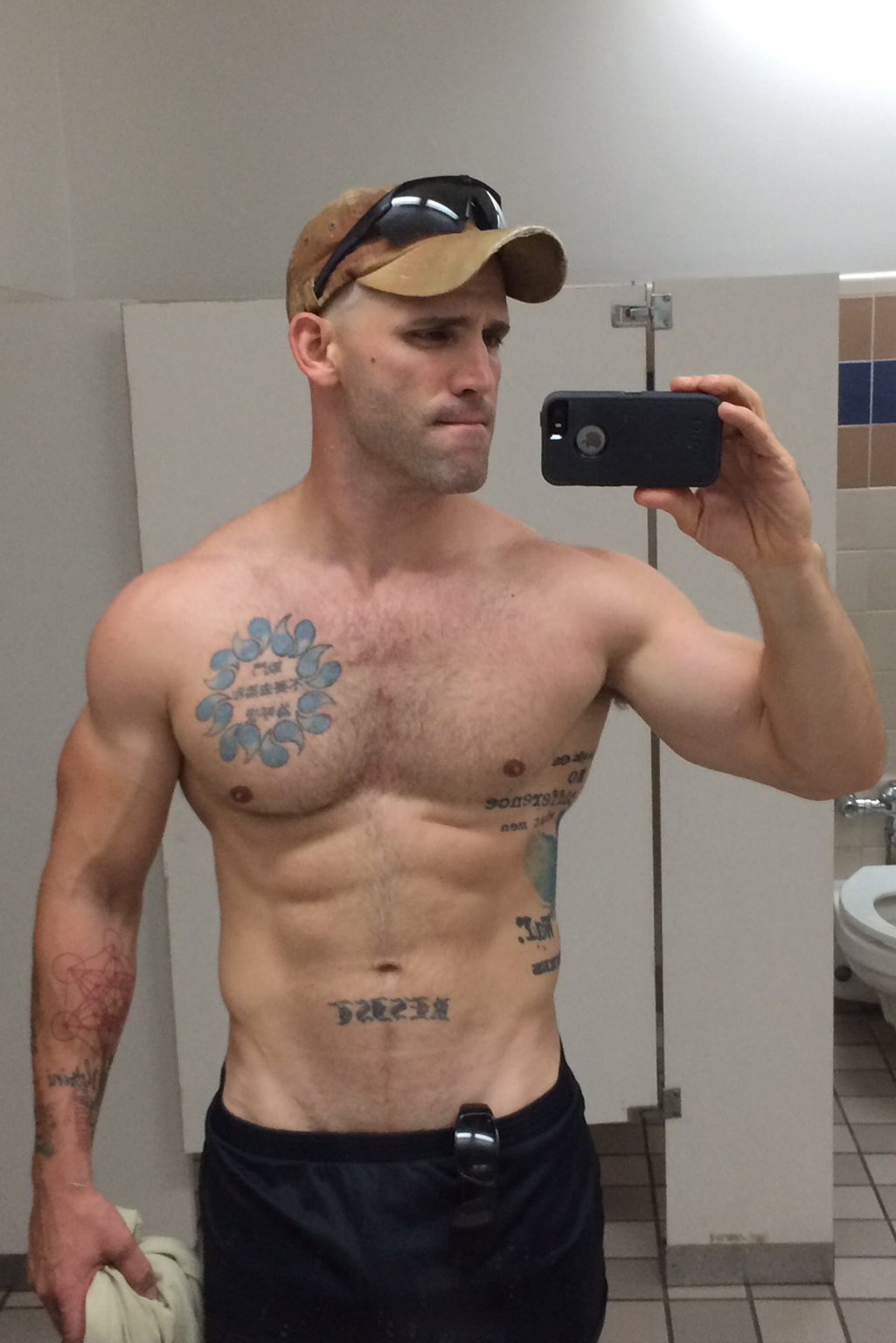
Pre-injury, weight training
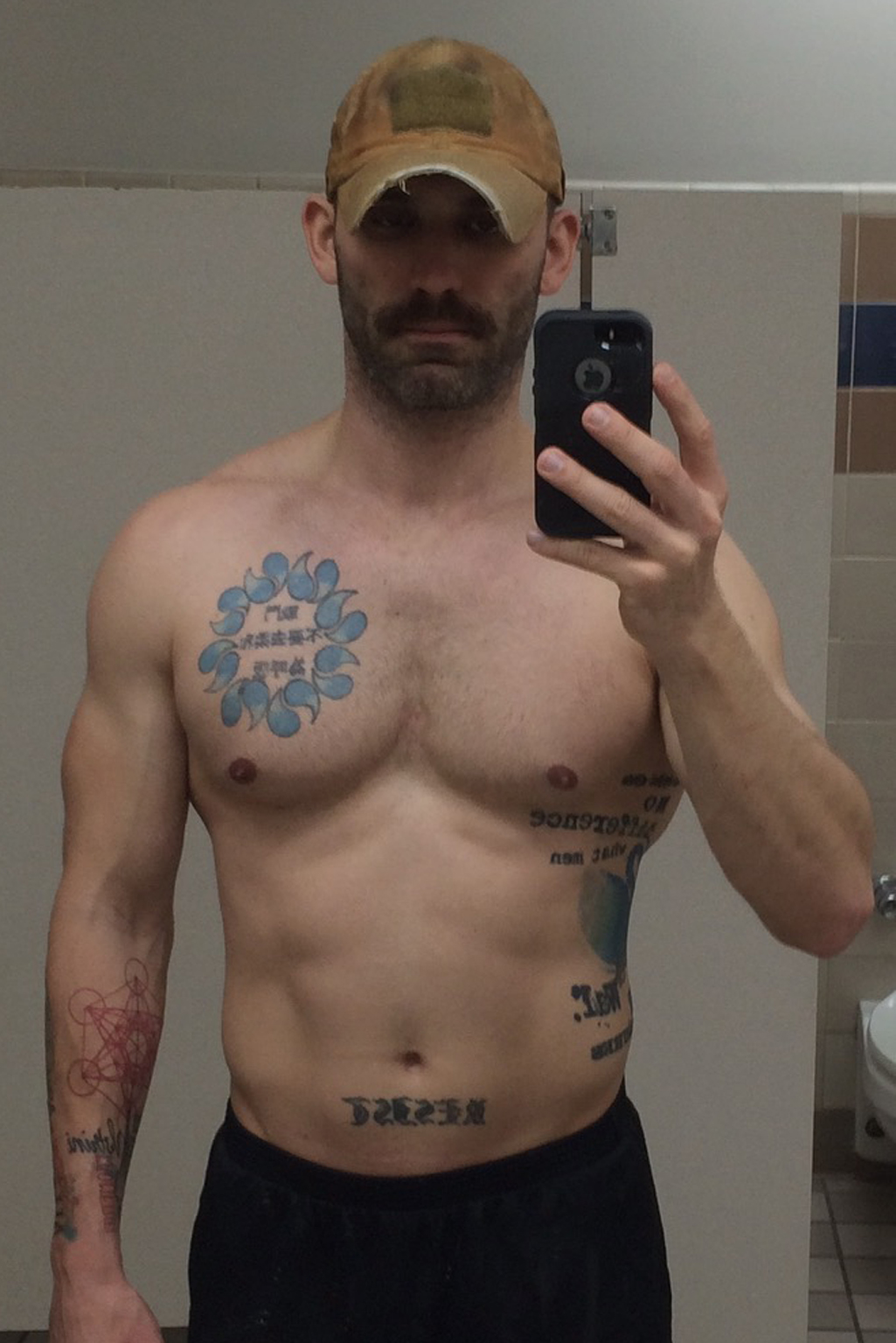
Post-injury
He tried calisthenics out for himself, and struggled with the lack of progress he first experienced.
“When I first got started with calisthenics, it was difficult to measure progress and I wasn’t seeing the familiar gains I expected.”
More than that, though, calisthenics challenged his views of what exercise was meant to look like.
“The hardest part of calisthenics has been the patience it requires me to have with myself. With weights or cardio I could just power through plateaus or problem areas: add more weight, run faster.”
“At the end of the day I’d just be more sore or nauseous, but with calisthenics I’m identifying really functional performance errors in myself, that can’t be overcome by more weight or gutting it out – corrections take patience and acceptance.”
“My dad had recently recovered really well from back surgery and he recommended Pilates and calisthenics – so I listened to the old man.“
“You only need the will to do [calisthenics]. You don’t need workout clothes, equipment, or to go to a gym full of people watching you. Find a quiet spot where you feel comfortable,, pull up a workout and see how rad it is to be honest with yourself. Then just go from there.”
The 4 benefits Ryan has gained since joining Calisthenics Academy

A changed mindset which introduced a new way to deal with injury
Calisthenics helped Ryan recover much faster than he imagined he could. In fact, he barely lost any of his base-fitness level,
“because of the scalability and regularity of the workouts. I was also able to identify new areas to improve.”
More than just recovering, calisthenics seems to have taught him to cope with injury differently. The steps he took to recover involved both taking action and understanding his own mind better than he had before.
“I’ve learned to deal with injury by doing something – anything – that lets me see even the smallest growth. My most recent injury required me to have a substantial amount of metal removed from my leg, so at 32 that meant I was off my feet for weeks.”
“So I looked up any small moves I could do with my legs propped up or on one leg (as I got healthier) and just went from there. The work spent planning out sessions and even the smallest bit of gain were enough to keep from falling into a mental grave of sorts.”

Freedom in movement
Since starting calisthenics, Ryan has experienced an openness and a flexibility in his training routine that never really had before.
“Life used to be governed by hard and fast gym times, but now I’m free to build my days around workouts but all the while listening to how I feel that day and responding appropriately in my regimen.”
Calisthenics Academy has offered him a safe structure in which he has the freedom to explore and play. “Fitness has definitely become less of a thing I do, and more of a way I live…I always built my days around workouts but now I build workouts into my days.”
His progress has taken him so far from where he started, which is a huge motivator for him: calisthenics is about progress and evolution.
“I started out looking to recover and maintain but I’ve become a bit more obsessed with movement and functional performance so my workouts are much more form/performance focused now than they were when I started.”

Learn to listen to your body
The results an athlete might expect with weight training just don’t happen at the same speed in calisthenics. For anyone who’s transitioning from weight training to calisthenics, Ryan’s experience shows that you’ll need patience…and a lot of it.
“Be patient and observant. If you’re like me and are used to seeing the types of gains that come from weight/sport training, you need to let yourself learn the language of calisthenics. Gains come but they’re different, your body’s language is different. So don’t give up, invest and listen, because it really is like learning a new language.”

He can play ANYWHERE
Ryan has had a lot of fun exploring the spaces that would allow for a workout. “I’ve trained anywhere from large chain gyms, beaches, freight containers, the back of a cargo plane and a semi truck, hotel rooms and my kitchen. I’ve been pretty creative sometimes – doing vertical pulls on truck axles was a greasy favorite.”
Ryan’s advice to you, if you’re considering starting calisthenics
“Start with one round, or one exercise even. Build that into your day and commit to it, even if just that one day. After that, I like to use the tag #dontgotobedlazy on my more inactive friends, because if all you do is pull up the app and do some push-ups or planks before bed, then you’ve started something you can work with.”
Follow the hashtag #dontgotobedlazy on Instagram!
“Life used to be governed by hard and fast gym times, but now I’m free to build my days around workouts but all the while listening to how I feel that day and responding appropriately in my regimen.”

“Be patient and observant. If you’re like me and used to seeing the types of gains that come from weight/sport training, you need to let yourself learn the language of calisthenics. Gains come but they’re different, your body’s language is different. So don’t give up, invest and listen, because it really is like learning a new language.”
“Fitness has definitely become less of a thing I do, and more of a way I live”



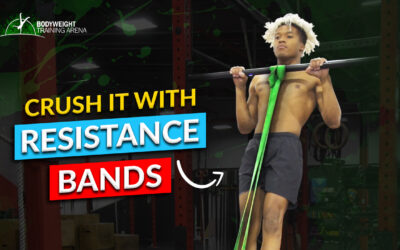
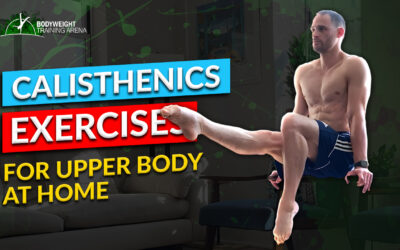
0 Comments